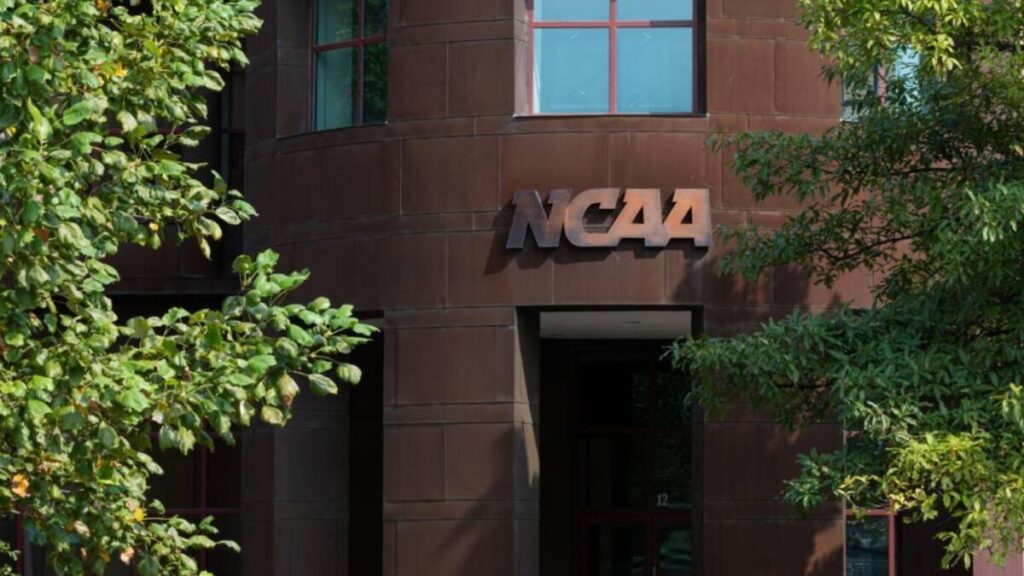Transforming College Athletics: The Implications of Proposed Roster Caps
The NCAA is currently deliberating on a significant proposal that could dramatically alter the landscape of college sports, particularly affecting non-revenue programs across the nation. Recent analyses indicate that potential roster limitations may threaten around 25,000 positions in Division I athletics. As major football and basketball teams capture most media attention and financial backing, less prominent sports are grappling with severe challenges in sustaining scholarships and overall team viability. This proposed settlement raises critical issues regarding fairness and access within collegiate athletics while endangering the futures of numerous student-athletes, possibly transforming the essence of university sports. As various stakeholders assess these developments, it becomes increasingly vital to scrutinize what these changes mean for non-revenue athletic programs.
Athlete Impact: Roster Caps and Their Consequences for Non-Revenue Sports
The introduction of roster caps in NCAA Division I sports poses a serious threat to thousands of athletes engaged in non-revenue activities, leaving their aspirations uncertain. with an estimated reduction of 25,000 available spots, these caps could considerably transform collegiate athletics’ framework—especially for those sports that do not yield substantial financial returns. Many student-athletes depend on these programs not only to pursue their athletic ambitions but also to secure essential scholarships that facilitate their education and personal growth.
This issue extends beyond mere numbers; it creates a cascading effect throughout entire athletic departments and universities. Administrators face pressing questions as they strive to balance budgetary constraints with maintaining the integrity of college sports. Hear are some potential repercussions stemming from enforced roster limits:
- Opportunity Loss: Numerous skilled athletes may miss out on competing at the collegiate level.
- Scholarship Reductions: A decrease in available spots translates into fewer scholarship opportunities, placing additional financial burdens on families.
- Cultural Disruption: Smaller rosters can undermine team dynamics, adversely affecting cohesion and morale among remaining members.
A recent comparison table illustrates how many athletes currently participate in various non-revenue sports at NCAA Division I institutions:
| Sport | Estimated Athletes |
|---|---|
| Women’s Rowing | 9,500 |
| Men’s Lacrosse | 5,500 |
| 4 ,000 td > tr > < tr > < td > Men’s Wrestling < / td > < td > 7 ,000 < / td > < / tr > < tr > < td > women’s gymnastics < / td > < td > 6 ,000 < / td > < / tr > tbody > table > << p >> Given such a vast number of athletes affected by this proposal,the impending settlement could lead to profound changes regarding how non-revenue sports are perceived and funded within the NCAA framework jeopardizing their future sustainability.< h2 id = "economic-pressures-exploring-the-financial-challenges-behind-proposed-changes" > economic Pressures: Exploring Financial Challenges Behind Proposed Changes< / h2 >< p > The current economic environment surrounding college athletics is fraught with considerable pressures stemming from this proposed NCAA settlement.As institutions strive to manage budgets amid escalating operational costs,the implications associated with roster caps threaten to redefine Division I sport dynamics—particularly impacting lesser-funded programs.The anticipated loss of 25 ,000 strong> Division I roster positions due to these restrictions indicates a basic shift pushing many programs toward reevaluation while directly influencing student-athlete opportunities.Financial sustainability remains central during discussions highlighting troubling realities faced by less lucrative sporting endeavors.< p > < p >< Considering these challenges,several factors contribute significantly towards evolving fiscal pressures experienced by athletic departments:< ul >< li >< strong > Rising Operational Costs:< strong > Annual budget demands continue increasing—from facility upkeep through travel expenses—placing added strain upon non-revenue sporting activities.< li >< li >< strong > Revenue Disparities:< strong > A stark contrast exists between high-grossing events like football/basketball versus lower-funded counterparts leading towards disproportionate funding allocations.< li >< li >< strong > Title IX Compliance:< strong > Institutions must navigate complexities surrounding gender equity within athletics further complicating budgetary decisions when cuts become necessary.< li > ul > < table class="wp-block-table is-style-stripes" > << head >> << / head >> | |
| >
<< / table >> << h2 id = "advocacy-preserving-opportunities-for-nonrevenue-sports" >> Advocacy: Preserving Opportunities For Non-Revenue Sports< h2 />< p>The recent proposed NCAA settlement aiming at implementing roster limits presents an alarming threat against numerous non-revenuesport disciplines putting approximately 25 ,000 span> Division I athlete slots under risk.Members from educational institutions including coaches/students alike have raised concerns emphasizing how such measures would drastically curtail prospects available aspiring competitors reliant upon said initiatives pursuing dreams without support derived revenue-generating avenues.Non-profit sporting activities play crucial roles fostering inclusivity providing scholarships/competitive experiences across diverse fields ranging swimming/tracking field.As deliberations unfold regarding restrictions imposed by N.C.A.A.,it becomes imperative advocate alternatives ensuring continued backing viability significant programming. Advocacy efforts should emphasize creating balanced approaches prioritizing competitiveness/fairness throughout all athletic offerings.Potential alternatives addressing concerns over imposed limits include:
|

